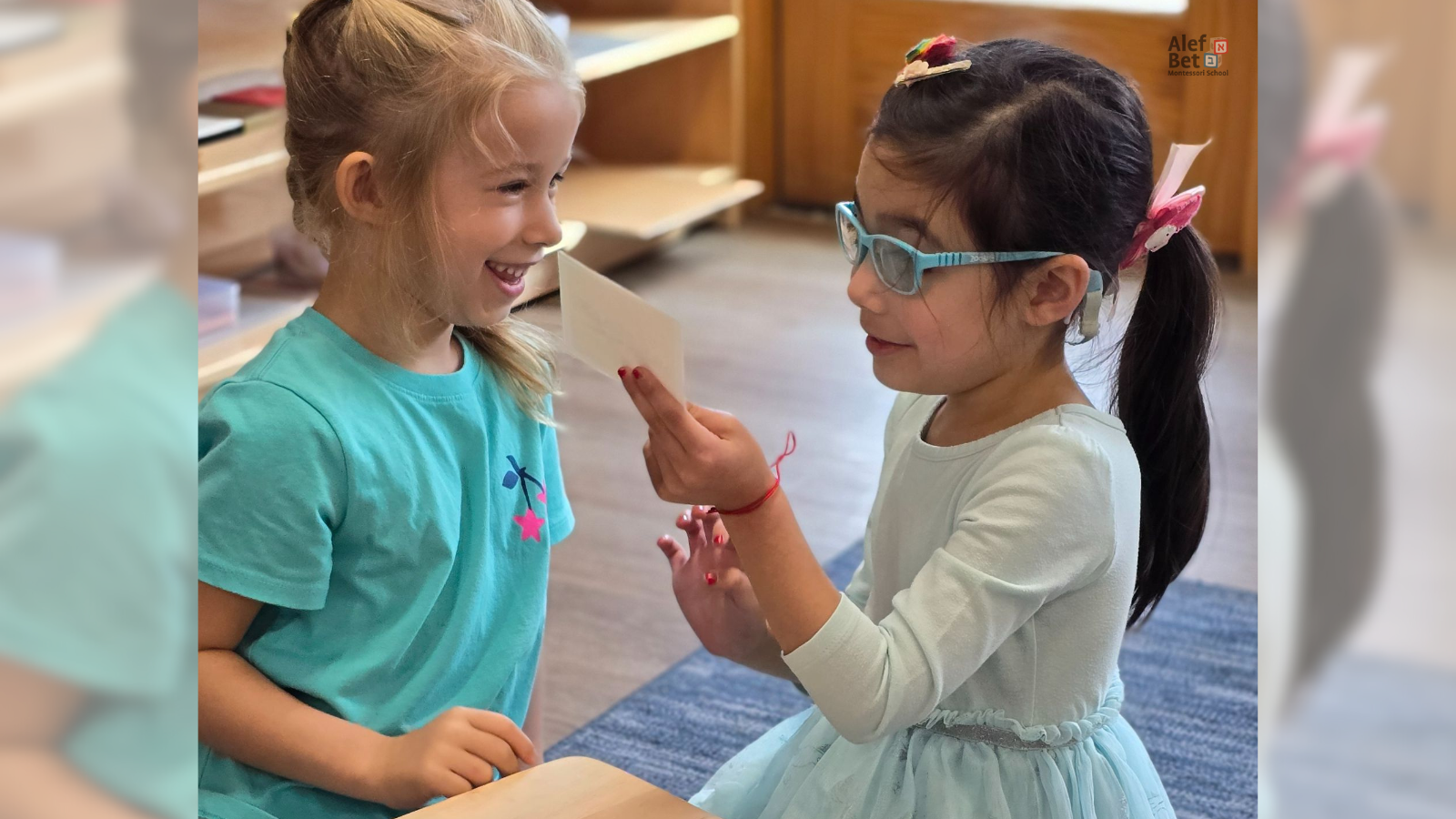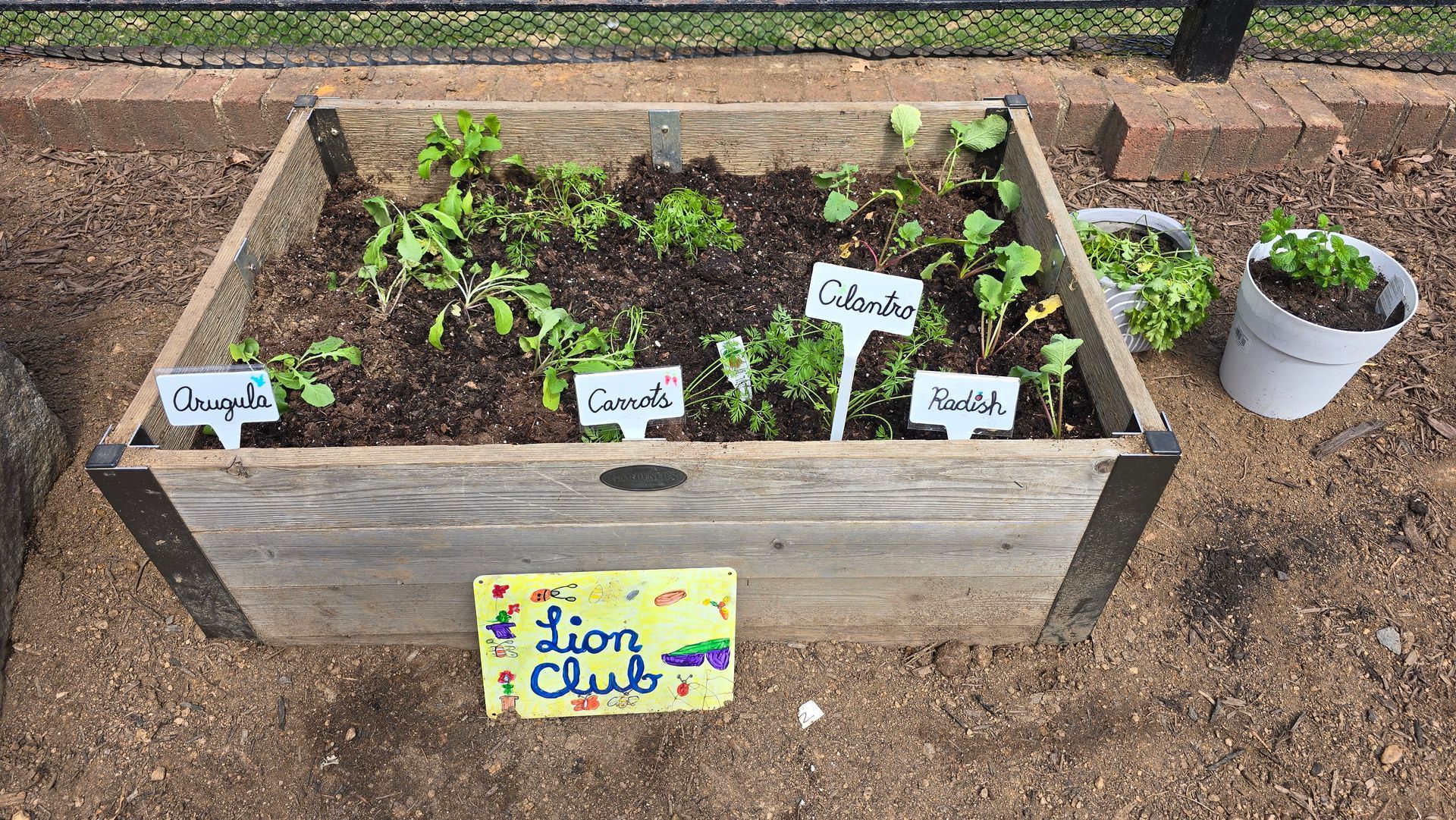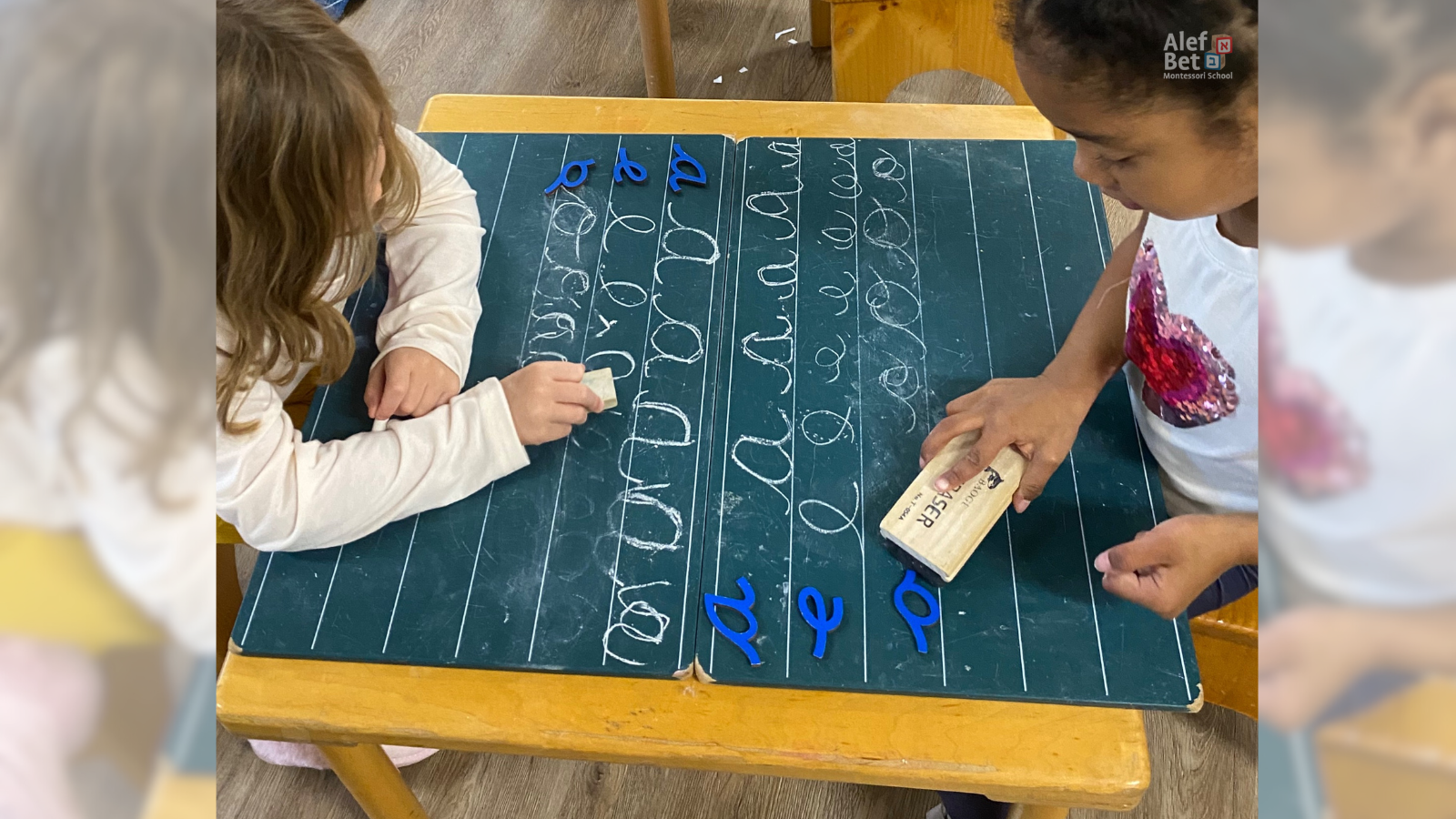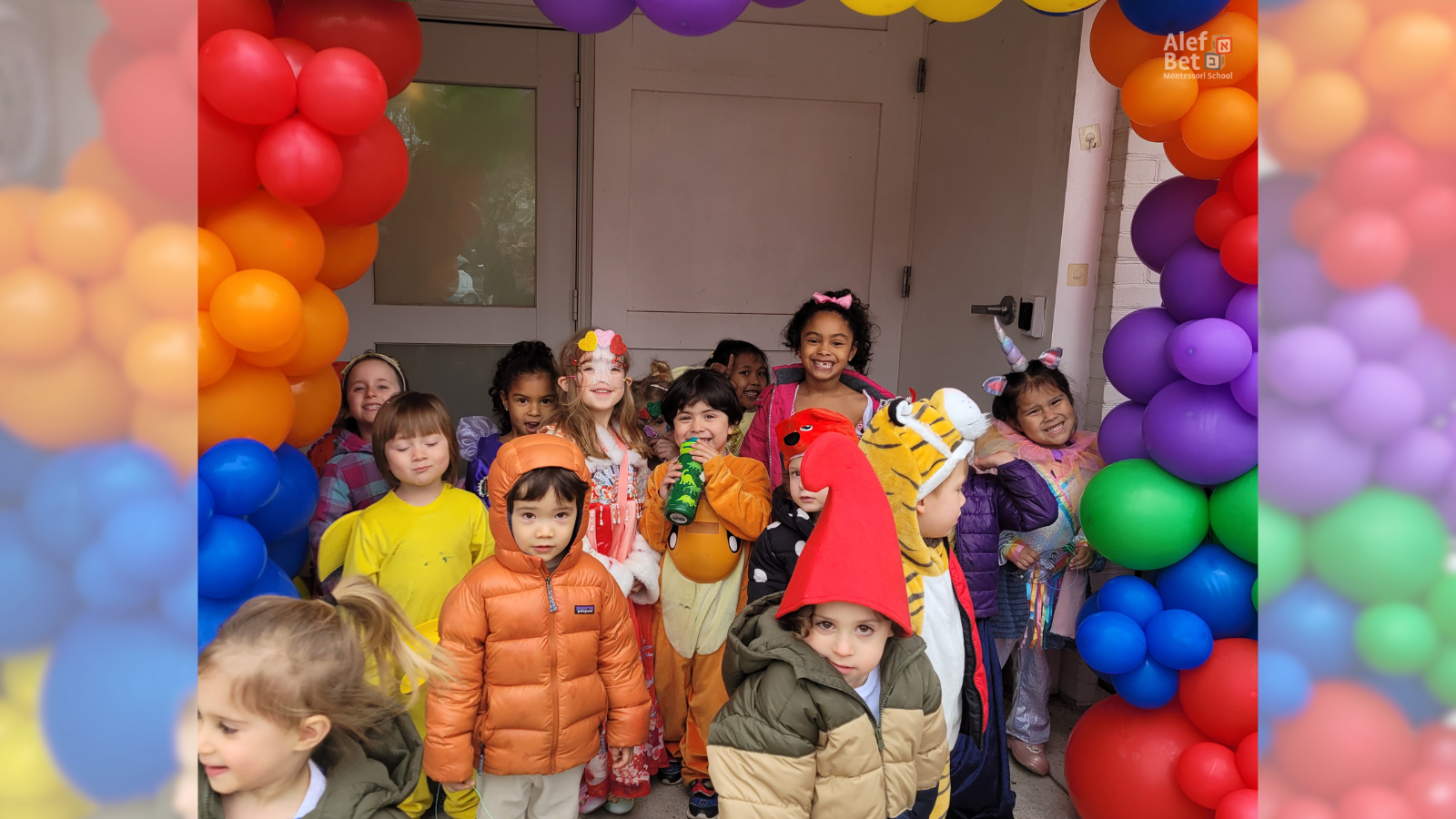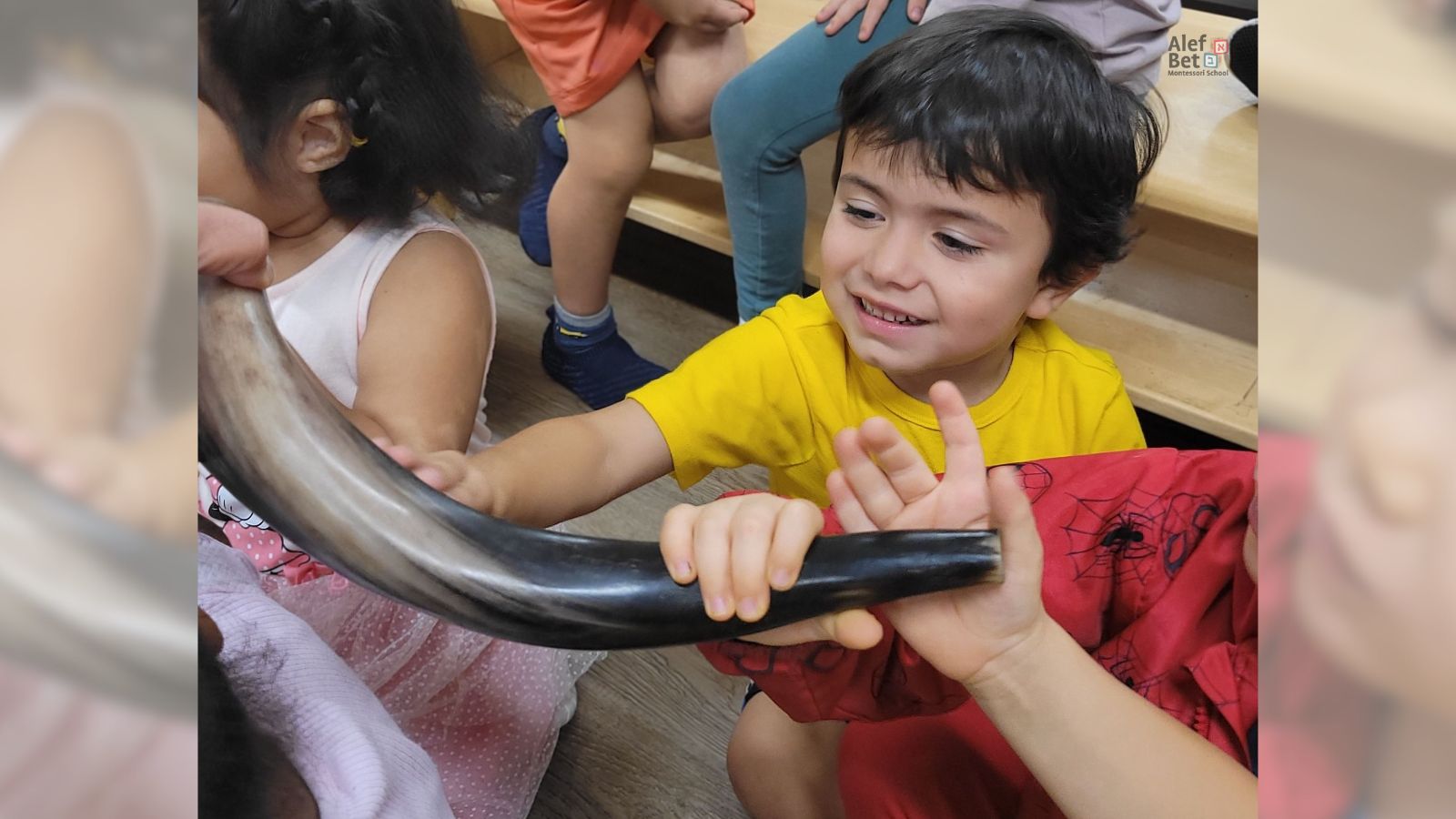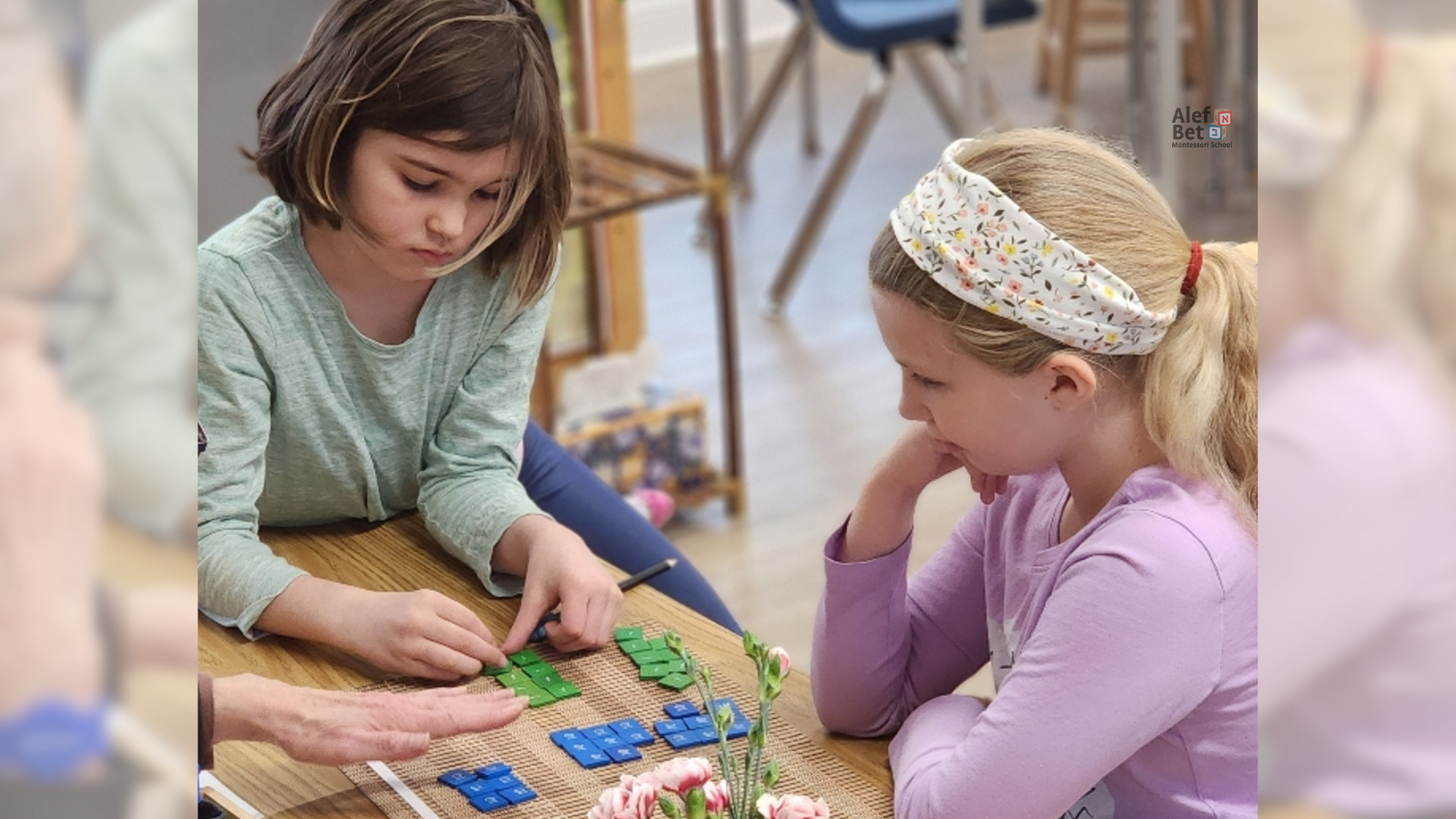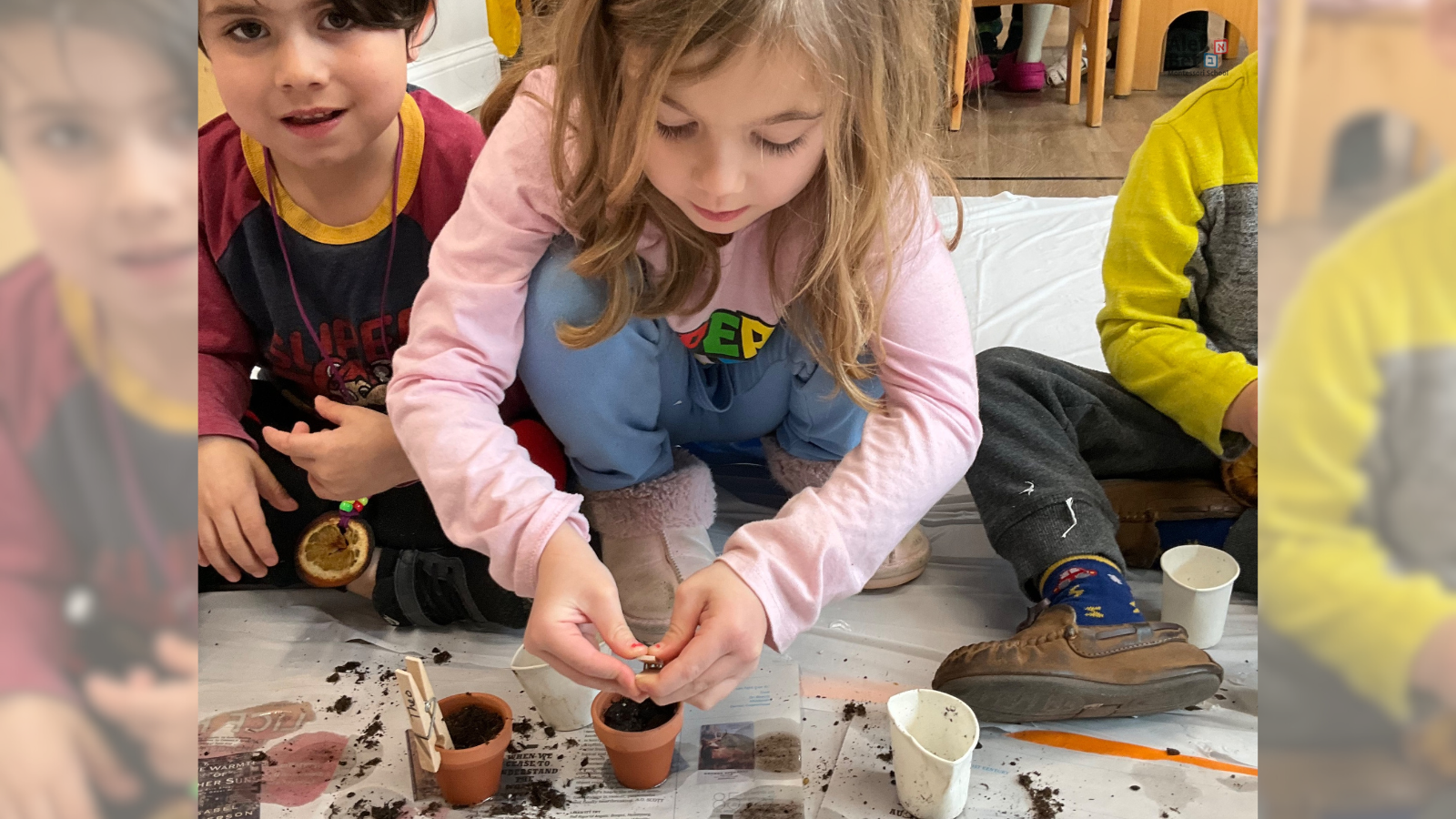A Montessori Pond: Learning from Nature’s Winter Secrets
Our school pond is not just a peaceful retreat—it’s a living classroom! Throughout the year, children witness the changing seasons through the lens of aquatic life, learning valuable lessons about ecosystems, adaptation, and care for living things.
Right now, our goldfish in the pond during cold weather are having icy cold temperatures. Did you know that…
- Koi and goldfish are cold-blooded creatures, meaning their body temperature and activity levels adjust to their environment. As water temperatures dip below 50°F (10°C):
- Fish reduce their activity and settle near the bottom of the pond, where the water is slightly warmer.
- Their metabolism slows down, so they eat less, digest food slower, and rely on stored energy to sustain them during the winter. (Feeding them during this time can actually be harmful!)
- They take a deep nap – Dormancy! In freezing conditions, fish enter a state of torpor, conserving energy until the water warms again.
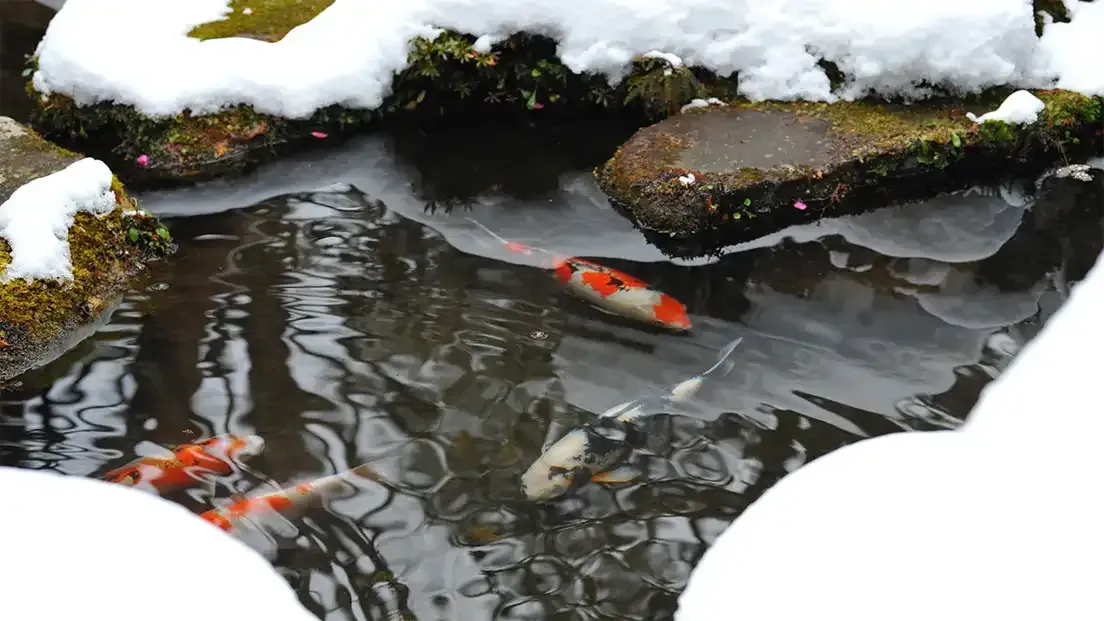
This natural cycle is a beautiful example of respecting the rhythms of life, a core Montessori value. Children observing the pond in different seasons gain a deep understanding of cause and effect, patience, and the interconnectedness of all living things. Plus, it’s a great opportunity for little scientists to ask questions: "Why do the fish slow down? What happens under the ice?"
A pond brings a special kind of wonder to our school—a place for reflection, discovery, and learning. Even in winter, when all seems still, there’s a quiet lesson waiting just beneath the surface.
Ask Your Child!
Next time you visit the pond, ask your child:
🔹 What do you notice about the water and the fish?
🔹 How do you think the fish feel in cold weather?
🔹 What changes will happen when spring arrives?
Nature is full of mysteries, and our pond helps Montessori learners uncover them one season at a time! 🌿🐟💙




